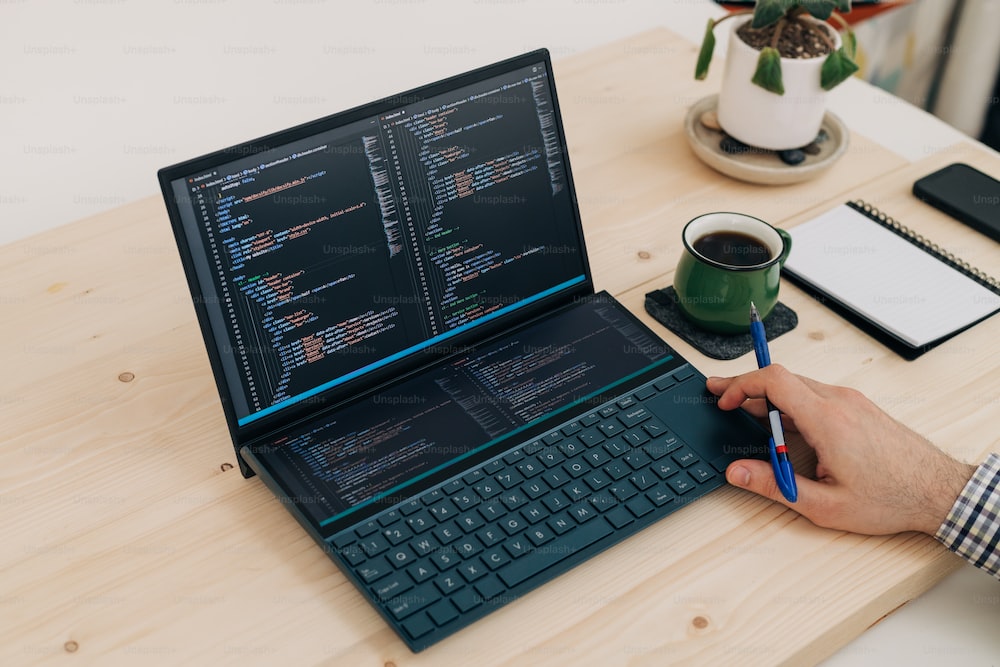Creative Writing Techniques to Enhance Your Programming Skills
Have you ever considered how the art of creative writing could transform your programming skills? It might sound like an unlikely pairing, but the truth is that these seemingly distinct disciplines share a profound connection. If you’re a programmer looking to elevate your skills and break free from the confines of code, this article is for you. Get ready to tap into your creative side as we explore how storytelling, character development, and narrative structures can revolutionize the way you approach programming and open up a world of endless possibilities. Then, let’s find out how you can use your creative writing techniques to enhance your programming skills.
Enhancing Code With Narrative Elements

Imagine if your code could tell a compelling story. A story that captivates users evokes emotions, and leaves a lasting impression. The power of storytelling in programming, an often overlooked yet transformative technique, can take your code from functional to extraordinary.
Storytelling involves weaving a narrative and creating events that engage and resonate with the audience. It involves incorporating narrative structure and character development elements into your code. Infusing your programs with storytelling techniques can enhance user experiences and make your code more intuitive and engaging. Instead of a series of lines and functions, your code becomes a journey, guiding users through a meaningful experience. And the good thing is that you don’t require an essay writing service to create a story for you; you can easily formulate one basing your personal experiences or real-world scenarios.
Crafting Engaging Characters
It may seem unusual to talk about crafting characters. After all, we’re accustomed to thinking of characters in the context of novels, movies, or games. However, when it comes to code, crafting engaging characters can breathe life into your programs and transform them from a collection of functions and variables into dynamic and relatable entities.
Think of characters in your code as the building blocks of functionality, each with its own unique traits, behaviors, and interactions. By giving them distinct personalities, you create a programming environment that is not only functional but also enjoyable to work with.
So, how can you craft engaging characters in your code? Start by considering the purpose and role of each function or object. What is their function within the program? What are their responsibilities? By defining these attributes, you lay the foundation for building compelling characters.
Next, delve into the details. Just as an author elaborates their characters with specific quirks and mannerisms, you can imbue your code characters with defining characteristics. For example, is there a function that always takes risks? Perhaps there’s a precise object.
Applying Narrative Structures for Clear Logic Flow
We often associate narratives with stories that unfold in books, movies, fictional works written by a professional essay writing service, or even our everyday lives. But did you know narrative structures can also be applied to programming to achieve a clear and logical flow? By embracing the principles of storytelling, you can create code that functions flawlessly and guides users through a seamless and intuitive experience.
Applying narrative structures in programming means organizing your code in a way that follows a logical progression, just like a well-crafted story. Implementing these structures enables users to navigate your program effortlessly, understanding its purpose and functionality quickly.
One essential narrative structure that can be applied to code is exposition. Similar to setting the stage in a story, the exposition in programming establishes the context, introduces the main concepts, and provides an overview of what the program aims to achieve. By clearly communicating the purpose and scope of your code upfront, you set the foundation for a coherent and understandable logical flow.
Creating Visual and Descriptive Code Environments

Traditionally, we think of code as a series of commands and variables without visual prompts or descriptive elements. However, incorporating visual and descriptive components into your code can enhance its readability, maintainability, and overall user experience.
Visual code environments involve formatting techniques, indentation, and meaningful spacing to create a visual hierarchy within your code. By organizing your code in a visually appealing manner, you make it easier to navigate, understand, and modify. In addition, consistent indentation and well-structured blocks of code create a sense of order and clarity, reducing the likelihood of errors and enhancing overall code comprehension.
Closing Remarks
In the ever-evolving programming world, combining creative writing techniques opens up possibilities. It allows you to create programs that function flawlessly and captivate and inspire. So, let your imagination run wild, wield the power of words, and transform your programming skills into an art form that leaves a lasting impact.
Registration Open For New Online Training
Enhance Your Professional Journey with Our Upcoming Live Session. For complete information on Registration, Course Details, Syllabus, and to get the Zoom Credentials to attend the free live Demo Sessions, please click on the below links.
